
Each year, except in 2020 due to COVID-19, the Royal Palace of Brussels opens its doors to the general public, as Buckingham Palace in London does. For a few weeks after Belgium‘s National Holiday (Nationale Feestdag, Fête Nationale) on the 21st of July, you can visit the ‘office palace’ of the King of the Belgians.
That tradition started in 1965.

King Philippe. 
Queen Mathilde.
King Philippe, Queen Mathilde and his children Princess Elisabeth, Duchess of Brabant, Prince Gabriel, Prince Emmanuel and Princess Eléonore don’t live there. They live in the Royal Palace of Laeken outside the city centre. Laeken or Laken ís part of the City of Brussels though and obviously within the Brussels-Capital Region. Also, Princess Elisabeth is currently studying abroad.

The Royal Palace of Brussels is de iure the official residence. The website of the Belgian Monarchy describes the role as such:
The Royal Palace of Brussels is the King’s administrative residence and main workplace, where he works daily with his staff. In his office at the Brussels palace, the King receives the representatives of political institutions, foreign guests (heads of state, ambassadors) and other guests. In addition to the office of the King and of the Queen, the Royal Palace plays host to the services of the King’s Household: the King’s Cabinet, the General Secretariat, the Civil List, the Military Household, the Protocol and the Queen’s Secretariat. The other members of the Royal Family also have an office at the Brussels Palace, where their staff work. The Palace comprises also prestige reception rooms where various activities of the King and the Royal Family are organised (work meetings and roundtables, receptions, concerts, lunches, etc.).
Monarchie.be
The palace is situated in front of Brussels Park (Warandepark, Parc de Bruxelles). A long square called the Palaces Square (Paleizenplein, Place des Palais) separates the palace from the park.
The middle axis of the park marks both the middle peristyle of the palace and the middle of the facing building on the other side of the park, which is the Palace of the Nation, the Belgian Federal Parliament building. The two facing buildings are said to symbolize Belgium’s system of government: a constitutional monarchy.
How it started
The facade existing today was only built after 1900 on the initiative of King Leopold II. The first nucleus of the present-day building dates from the end of the 18th century. However, the grounds on which the palace stands were once part of the Coudenberg Palace a very old palatial complex that dated back to the Middle Ages.
I visited Coudenberg earlier in 2021.
Charles Alexander of Lorraine, at that time Governor of the Habsburg Netherlands had a new palace, the Palace of Charles of Lorraine, built on the nearby site of the former palace of the Nassau family, the Hof van Nassau.
The Palace of Charles of Lorraine is now part of the Royal Library of Belgium. The old palace garden was redesigned as a public park. On the north side a new building for the Council of Brabant (Raad van Brabant, Conseil de Brabant) was built by the French architect Gilles Barnabé Guimard, which today houses the Belgian Federal Parliament. On the other side of the park – the building plot of the present-day palace – the middle axis of the park continued as a street between two newly built mansions. One served as the residence of the Abbot of the nearby Coudenberg Abbey, while the other was inhabited by important government members.
United Kingdom of the Netherlands
After the Congress of Vienna in 1814, Brussels became , together with The Hague, the joint capital of the new established United Kingdom of the Netherlands. It was under the rule of William I of the Netherlands that the street was covered and the two mansions were joined with a gallery. The newly created ‘palace’ received a new neo-classic facade designed by Tilman-François Suys with a peristyle in the middle, and a balcony with a wrought iron parapet surrounding the entire first floor.
The street running alongside the new palace was widened and thus the Palaces Square was created.
The new square was called ‘Square of the Palaces’ in plural, because another palace was built on the left side of the Royal Palace.
This new building (1823) was designed as the residence of the Crown Prince called the Prince of Orange (the later bisexual King William II of the Netherlands).
Today it houses the Royal Academies of Sciences and Arts of Belgium and is consequently called Academiënpaleis or Palais des Academies.
The rooms and halls of the old mansions were incorporated in the new Royal Palace and were only partly refurnished. Some of them survived al the 19th and 20th century renovations and are still partly intact today.
A major addition to the interior decoration from the time of William I is the so-called ‘Empire room‘ which was designed as a ballroom. It has a very refined cream and gold decoration designed and executed by French sculptor François Rude.

The Thinker. 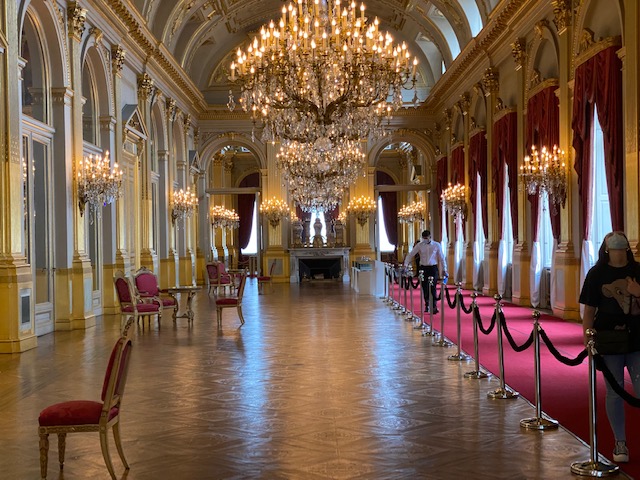
The Grand Gallery. 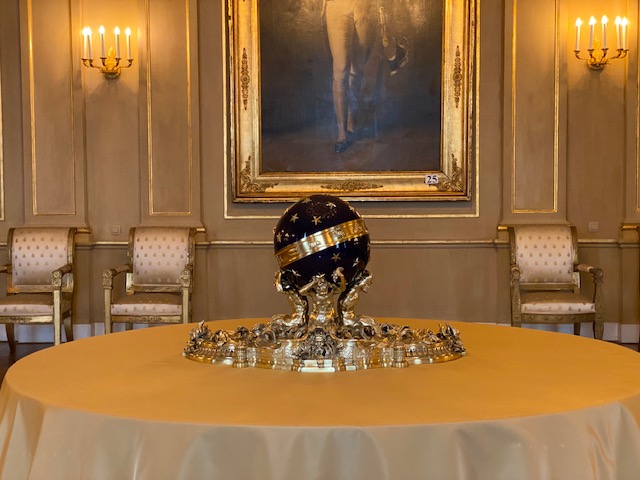
The Pilar Room. 
The Coburg Room. 
The Small White Drawing Room. 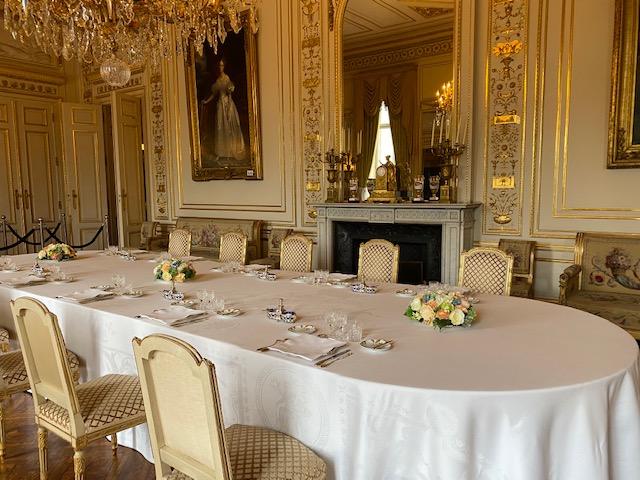
The Large White Drawing Room.
Kingdom of Belgium
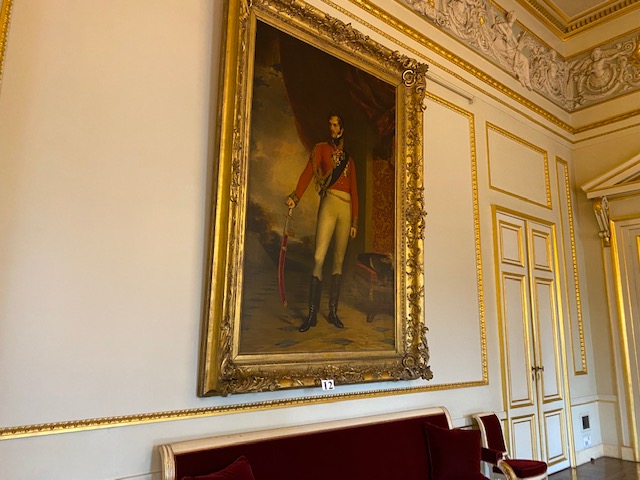
Young Leopold in Britain. 
Leopold as first King of the Belgians.
After the Belgian Revolution of 1830 the palace was offered to Leopold of Saxe-Coburg-Gotha when he ascended the throne as the first King of the Belgians.
Just like his predecessor William II he used the palace mainly for official receptions and other representational purposes and lived in the Royal Palace of Laeken.
During his reign until 1865 little was changed to the palace. It was his son and successor Leopold II who judged the building to be too modest for a king of his stature, and who kept on enlarging and embellishing the palace until his death in 1909. During his reign the palace nearly doubled in surface. After the designs of his architect Alphonse Balat, imposing rooms like the ‘Grand Staircase‘, ‘Throne Room‘ and the ‘Grande Gallerie‘ were added. Balat also planned a new façade but died before the plans could be executed.
It was only after 1904 that the new façade was executed after new plans by Henri Maquet. The pediment sculpture shows an allegorical figure of Belgium flanked by groups representing Industry and Agriculture, by Belgian sculptor Thomas Vinçotte. The new design included a formal front garden separating the building from the ‘Place des Palais’.
The Royal Palace of Brussels has the same vibe as Buckingham Palace. The facade is 50% longer than that of Buckingham Palace but its floor area of 33,027 m2 is less than half of Buckingham Palace’s floor area (77,000 m2).
The tour
The tour uhm tours the highlights of the palace.
- The Vestibule of Honor and the Grand Staircase.
- The Large Anteroom.
- The ‘Il Pensieroso’ Room or Square Room.
- The Hall of Mirrors.
- The Grand Gallery.
- The Throne Room.
- The Marshals’ Room.
- The Pilar Room.
- The Louis XVI Room.
- The Empire Room.
- The Coburg Room.
- The Small and Large White Drawing Rooms.
- The Venice Staircase.
- The Carriage Entrance of Honor.
- The Inner Courtyard of Honor.
- The Audience Carriage Entrance.
- The Garden.
- The Carriage Entrance – The Semicircular Gallery – The Square Salon.
Major halls
The Hall of Mirrors is a famous feature of the palace. The construction of the Hall of Mirrors under the reign of Leopold II, evokes the Congo. The walls are decorated with marble and copper. King Albert I had the works completed with mirrors on the walls, which were originally intended to feature allegorical scenes evoking Africa. In 2002, Jan Fabre was given the opportunity to create a work of art in this space. He covered the ceiling and one of the three chandeliers with nearly a million and a half jewel beetles. This work was entitled ‘Heaven of Delight‘. The room is used regularly to host events.
The Throne Room doesn’t have a throne. Belgian being a modern constitutional monarchy, there’s no official throne and neither is there a physical crown. Built under the reign of King Leopold II, the Throne Room is decorated in the centre by four low reliefs by Auguste Rodin. They represent the economic activities symbolising the Belgian provinces, with the exception of that of Brabant which hosts the Palace on its territory. The Scheldt and the Meuse, symbols of Flanders and Wallonia, by Thomas Vinçotte, are above the doors.
A favourite: The Marshal’s Room
Some rooms have been updated to a 21st Century feel, but respecting the old vibe.
The Marshals’ Room, referring to palace attendants, is used as an office room by the King.
The new interior design of this room – originally King William I’s audience chamber and, later, the Marshals’ Room – is the result of a collaboration between Axel Vervoordt and Michaël Borremans, which aimed to create the ideal setting for Borremans’ art work. The six paintings, which show a footman or palace valet in
surprising poses, were brought here in 2010. The globe, ‘Erdglobus für den Weltverkehr‘ (1909), originally stood in King Albert I’s study, as did the cylinder desk by Henry Van de Velde.
The clock with different dials that variously show the hour, the date, the day of the week, the month, the sign of the zodiac and more besides. This rare piece is
the work of the celebrated clockmaker and astronomer Louis Zimmer from Lier.
I found the purple-taupe colours used on the walls both regal and contemporary.
A favourite: The Louis XVI Room
The Louis XVI Room was also renovated in 2010, featuring art by Michaël Borremans. Alongside portraits of King Leopold I’s relatives, various
paintings from his personal art collection have been brought together here. The depiction of his deceased first wife, ‘Allegory of the Death of Princess Charlotte‘, is a late work by the British history and portrait painter Arthur
William Devis.
The marble figurine of Princess Charlotte of Belgium at two years of age was made in 1842 by Willem Geefs, court sculptor to King Leopold I.
A marble bust of Albert I’s wife Queen Elisabeth stands on the mantelpiece and is by Victor Rousseau. The Louis XVI folding chair came from Louis XVI’s room at the Château de Compiègne. The Klems piano originally belonged to Prince Philippe, Count of Flanders, King Albert I’s parents, and is ebony inlaid with copper, mother-of-pearl, silver, rosewood and tortoiseshell.

Worth it?
Is a visit of the Royal Palace worth your time? Yes and no.
Yes, as I thoroughly enjoyed visiting ‘my king’s’ palace, I really get excited by anything regal and historic.
I found it interesting to see the insignia of the Order of Leopold, the Order of the Crown and the Order of Leopold II. I like this stuff, I like the history and the stories behind it.
But also no because the wow-factor is not that high and you’re kept far away from many features.
Related royal posts
- Special Royal Train for King Philippe and Queen Mathilde of Belgium going to Luxembourg.
- Virtual 360° tour of the Royal Palace in Brussels.
- PHOTOS | Inside the Imperial and Royal Palace on the Meir in Antwerp.
- Ducal and Imperial Palace of Coudenberg in Brussels.
- Royal Waiting Room at Brussels-Central Railway Station.
- Royal Palace of La Almudaina in Palma de Mallorca.
- Only 15 Minutes and No Photos in Schloss Neuschwanstein Castle.
- Museum of the Bavarian Kings in Schwangau near Neuschwanstein.
- New life for National Bank of Belgium building in Antwerp.
- Thurn und Taxis princely palace museum in Regensburg.
- Liechtenstein.
- A quick exploration of The Hague.
- Inside the Council of State at Kneuterdijk Palace in The Hague.
- Accompanying Marie-Antoinette to the guillotine at Paris’ Conciergerie (and the Sainte-Chapelle).
Exploring Brussels
- REVIEW | Orient-Express exhibition at Train World, Brussels’ railway museum.
- REVIEW | Louis de Funès exhibition at Cinéma Palace Brussels.
- REVIEW | David Hockney double exhibition at Bozar Brussels’ arts museum.
- The orange world of Design Museum Brussels.
- Brussels Planetarium.
- Brussels’ Gare Maritime.
- Brussels’ Pannenhuis Park and L28 Park.
- Brussels’ Senne Park.
- The Hotel. Brussels.
- REVIEW | Train World exhibition ‘From Peking to Hankow: a Belgian adventure in China’.
- Ducal and Imperial Palace of Coudenberg in Brussels.
- MIMA – Millennium Iconoclast Museum of Art in Brussels.
- Villa Empain in Brussels.
- Pullman Brussels Centre Midi.
- Autoworld automobile museum in Brussels.
- Royal Museum of the Armed Forces and Military History in Brussels, Belgium.
- REVIEW | Thalys Lounge at Brussels South/Midi station.
- PHOTOS | Train World railway museum in Brussels.

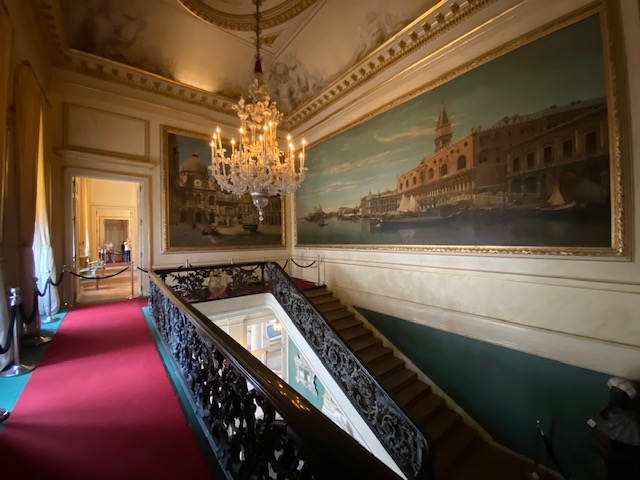





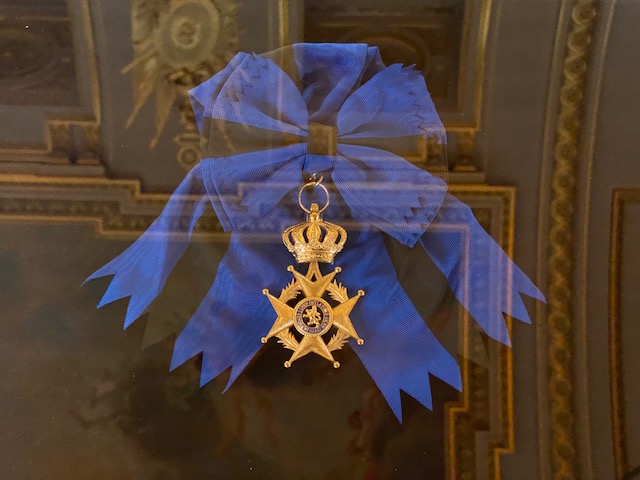
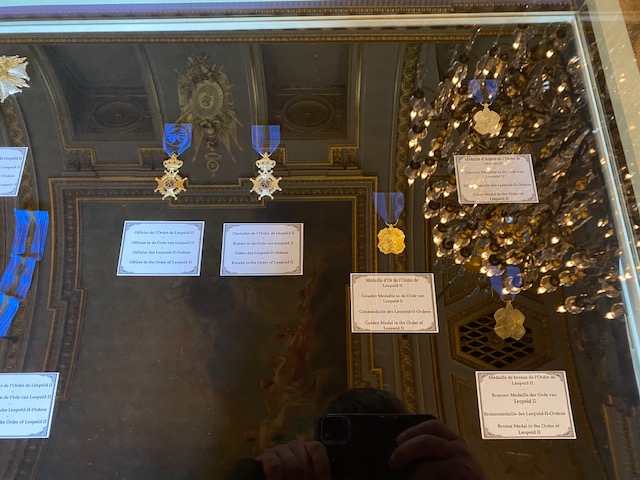


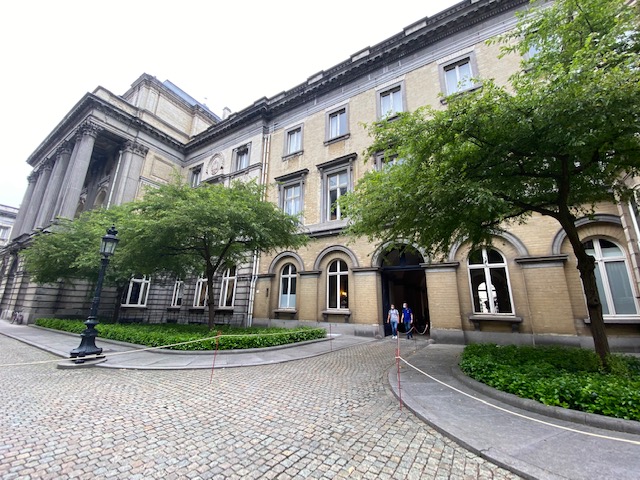


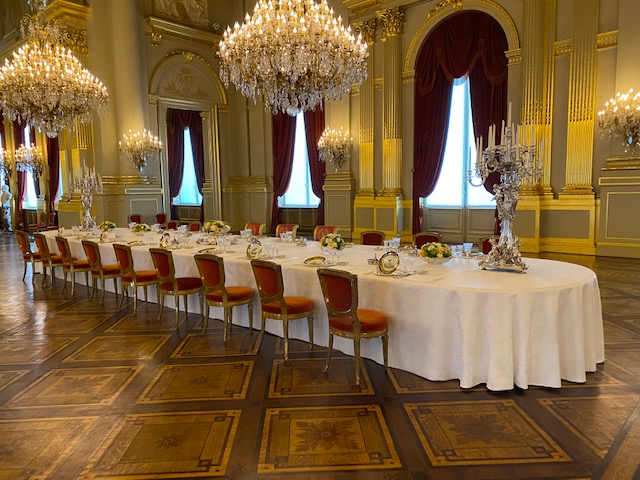


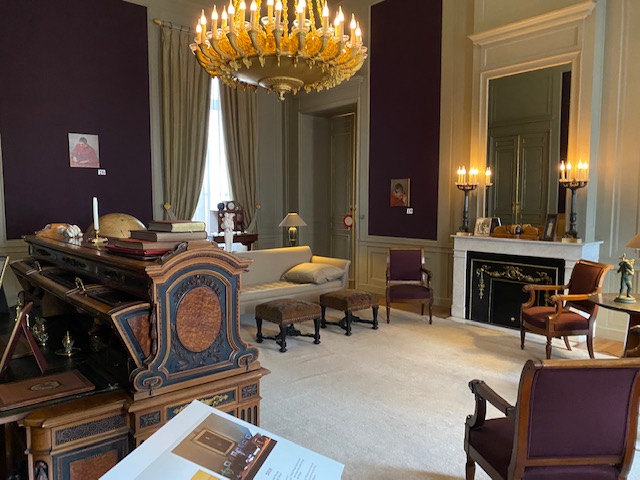
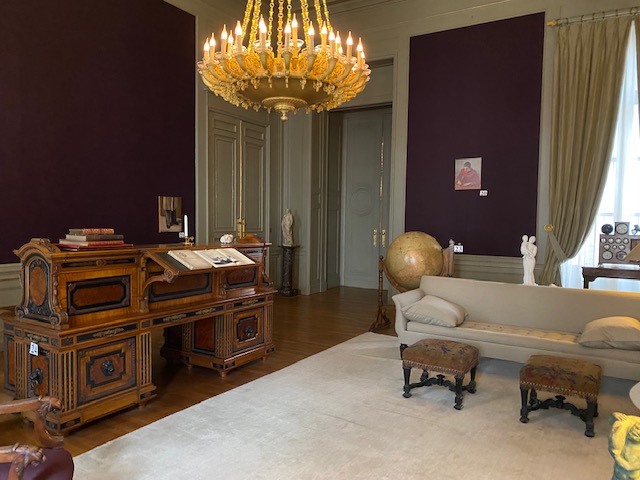
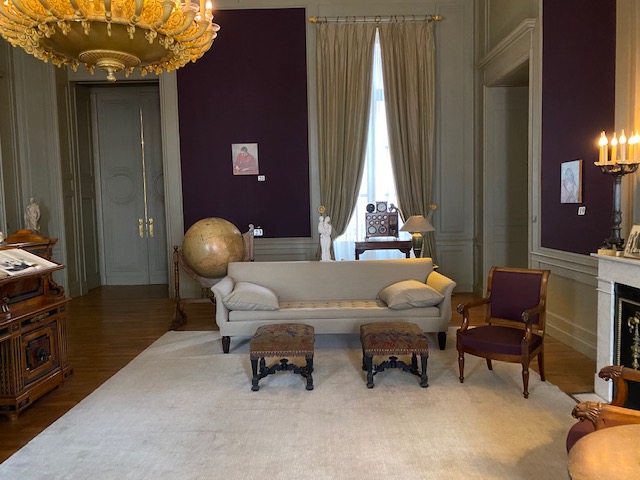


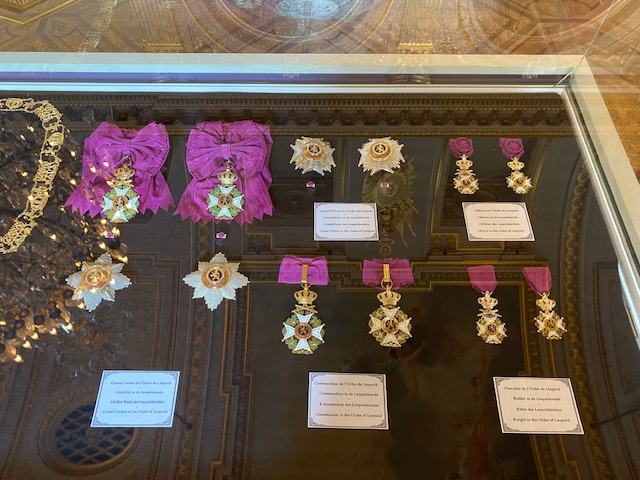

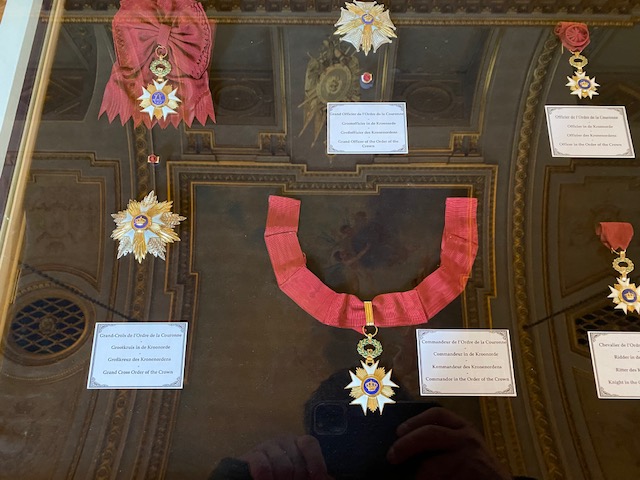

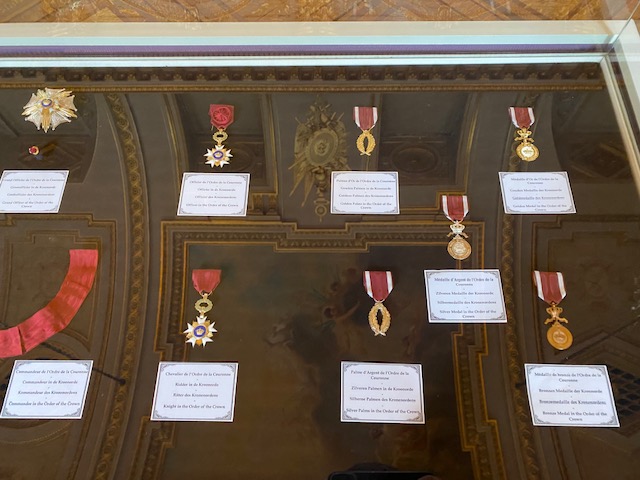
Beautiful, Timothy! Hope I can see this for myself when this pandemic is done. Anyway, thankful for having seen it through your eyes.
LikeLiked by 2 people
Every summer you can visit it 🙂
LikeLiked by 2 people